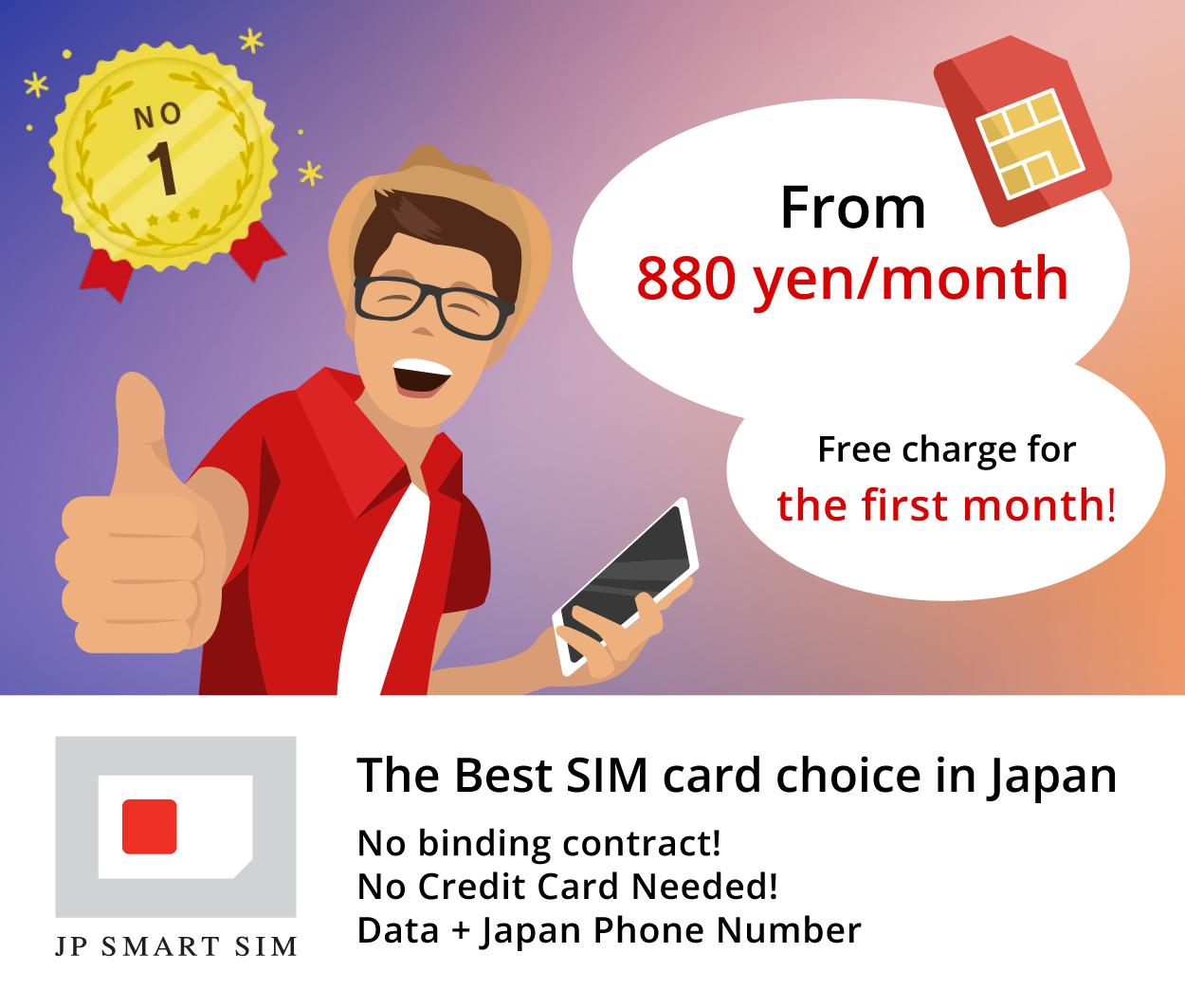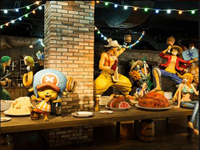Sankakuyama Goemon Ramen


(Source: 食べログ)
A simple taste which isn’t influenced by age
Since Sankakuyama Goemon Ramen opened in 2002, they have been aiming for a “Japanese ramen” which isn’t influenced by age. They especially make the effort when making their own noodles by using the know-how developed in the way of making udon, to keep their taste appeal to people of every age. Their noodles have a strong chewy texture and the soup sticks well to the noodles.

(Source: 食べログ)
The most popular! Ramen which has seafood flavor
The most popular dish since their opening is Shoyu (soy source) ramen (650 yen). It is a great dish that has a light tasting soup with a strong flavor of dried bonito produced in Hokkaido and noodles are locked together. The bitterness of Japanese herb Shungiku defines the overall taste.

(Source: 食べログ)
Enjoy the legendary menu
Torishio (chicken and salt) ramen (850 yen) was sold as a limited menu but became standard because of the positive customer reaction. They only use the chicken breed called Nanbu jidori, it is said that it’s good for health and beauty, which gives a light yet rich taste to the soup.

(Source: 食べログ)

(Source: 食べログ)
A simple taste which isn’t influenced by age
Since Sankakuyama Goemon Ramen opened in 2002, they have been aiming for a “Japanese ramen” which isn’t influenced by age. They especially make the effort when making their own noodles by using the know-how developed in the way of making udon, to keep their taste appeal to people of every age. Their noodles have a strong chewy texture and the soup sticks well to the noodles.

(Source: 食べログ)
The most popular! Ramen which has seafood flavor
The most popular dish since their opening is Shoyu (soy source) ramen (650 yen). It is a great dish that has a light tasting soup with a strong flavor of dried bonito produced in Hokkaido and noodles are locked together. The bitterness of Japanese herb Shungiku defines the overall taste.

(Source: 食べログ)
Enjoy the legendary menu
Torishio (chicken and salt) ramen (850 yen) was sold as a limited menu but became standard because of the positive customer reaction. They only use the chicken breed called Nanbu jidori, it is said that it’s good for health and beauty, which gives a light yet rich taste to the soup.

(Source: 食べログ)






